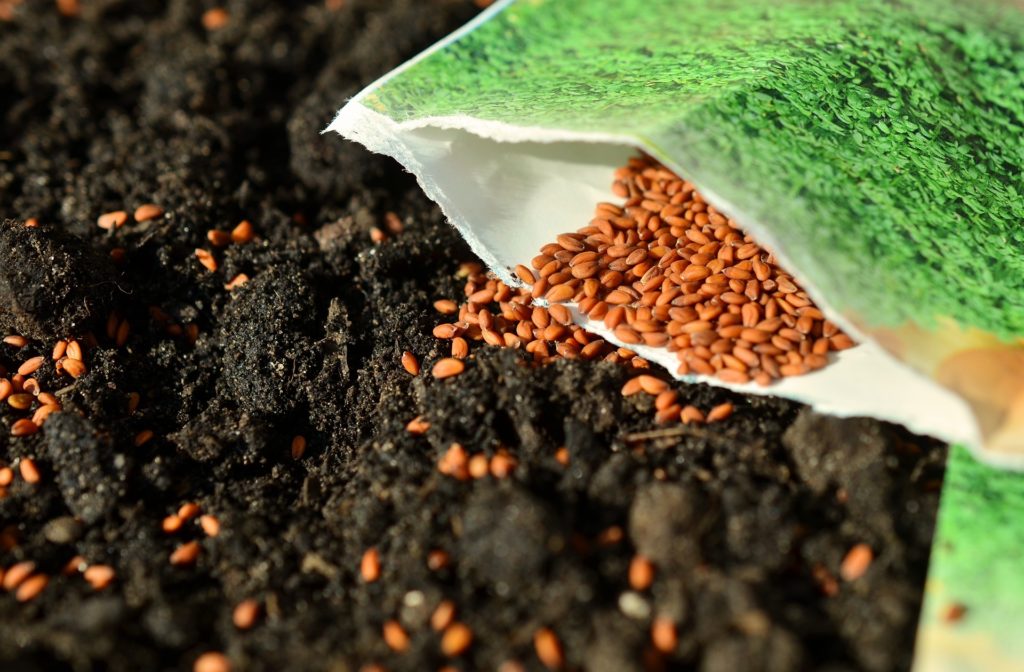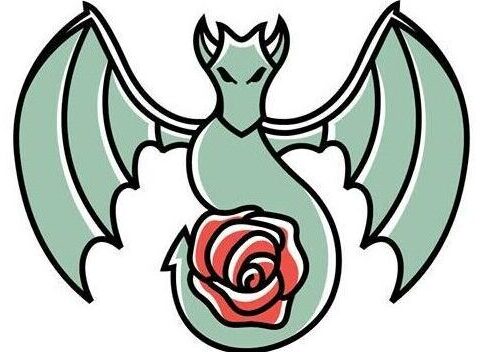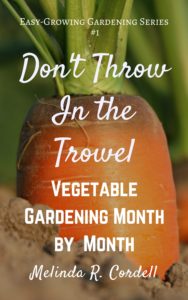
January would be a really lousy month if we didn’t have seed catalogs. There’s so much ice on my garden that I can walk over the snow without breaking through the slick crust on top. So every day I skate to the mailbox, hoping for some good reading material to chase away these winter blues.
I love the romance inherent in growing heirlooms, and my seed catalogs are all from heirloom vegetable companies. In the catalogs, you find vegetables brought over from the old country by somebody’s grandparents, varieties popular in the Middle East, vegetable bred by Trappist monks, and my favorite, garbanzo beans grown in the Fertile Crescent over 6,000 years ago. Whew!
My Seed Savers Exchange catalog (http://www.seedsavers.org/) has shown up already. I am so in love with their pictures of heirloom vegetables. I wish I could plant all of them, except I have only so much room in the garden. The “Tigger” melons are cute, all red-orange zigzags on a little yellow globe, and they are fragrant. “Queen Anne’s Pocket Melon” has small, orange fruits with a powerful fragrance, though the white flesh is bland. The catalog says that women used to carry these in their pockets for the perfume. And maybe for a little snack, I suppose. But I’m probably going to get the yellow Asian melon, “Sakata’s Sweet.” These are baseball-sized, yellow melons with sweet flesh, and it can be grown on a trellis. (I need a small melon because I’m the only person in my household who would eat it.) They also have a melon called Collective Farm Woman. It is “an old Ukrainian variety, very popular on the island of Krim in the Black Sea.” It looks pretty good. Decisions, decisions ….
I’m no fan of peppers – I use them in soup and that’s it. Also, I’m not too good with hot food. I chewed up a jalepeno pepper once, and my whole face started watering and hot lava come out of my ears. I’m a wimp, sue me. But here’s a “Fish” pepper that is about medium heat (which means it would make me spit flames), but my, is this ever a cute pepper. It’s an African-American heirloom with variegated leaves. The peppers ripen in the most amazing blends of green, red, orange, and yellow. I’d be happy to grow it for looks alone.
I’m also interested in these small, colorful peppers with a heat rating of zero, but I’m having a hard time choosing just one. “Tequila Sunrise” has orange, carrot-shaped fruits. The miniature bell peppers (chocolate, red, and yellow) are cute. “Healthy” has carrot-shaped red fruits. I’ll probably have to flip a coin with these.
I’d like to get fingerling potatoes, I think. Fingerlings are small, skinny potatoes (about the size of a finger) that are a gourmet’s delight. Problem is, they also have gourmet prices. Most of them cost $12.50 for a 2½ pound bag. I like the looks of the Russian Banana, which is supposed to be a great potato. It’s very resistant to scab, but unfortunately it has low tolerance against potato blight. The Rose Finn Apple (what a cool name) is more resistant. Then I look at the regular potatoes, and there’s Caribe, which is a purple-skinned potato with white flesh. It’s a super all-purpose potato with heavy yields, and good when you harvest it as a new potato. So many potatoes, so little time. Flip a coin again.
Now, if only every seed catalog could include, along with the nice pictures, actual taste samples of the vegetables listed. “Here, try some Early Silverline melons. Have a bite of an Oxheart carrot.”
In some places, it’s possible! If you’d like a taste sample of your potatoes before you buy them, Wood Prairie Farm in Bridgewater, Maine, offers a Potato of the Month Club. They send you three potato varieties every month in a ten-pound gift box, from September to April. You can also order fresh organic vegetables – roots like shallots, “Chantenay” carrots, parsnips, and so forth – through the winter. Wood Prairie Farm and Seed Savers Exchange also offer packages of dried beans. So you can “taste and try before you buy.”
Image
Before you place your order for garden seeds, take a look at the Garden Watchdog website. Garden Watchdog provides information on thousands of gardening vendors. Folks write in their comments on seed companies they’ve done business with, noting the quality of the plants and seeds sent, and how they fared with customer service.
The Garden Watchdog site also lists their top 20 gardening vendors – the ones considered the best of the best, with great products and super customer service. The list includes the Antique Rose Emporium down in Texas, Johnny’s, Pinetree, and Baker Creek Heirloom Seed Co., which operates out of Mansfield, Mo.
However, time is running out for sending off for a seed catalog and getting an order in. (The spring rush for gardening vendors starts in January and ramps up into high gear in March, so get your orders in early and beat the rush!)
I can see why the movement toward heirloom varieties is gaining momentum. These guys are traveling the world to bring you stuff you’d never ordinarily see – vegetables sold in markets in Israel, or grown in Uzbekistan, or eaten in Taiwan. You can save the seeds and keep growing these same veggies year after year. They definitely beat what you’d buy at the grocery store! And I’m always interested in trying something unique.
When you start, start easy, mixing your regular crops with a few new varieties. Once you’ve soaked up what you’ve learned along the way, go crazy. As the song says, you’re never going to survive unless you get a little crazy.
Don't Throw in the Trowel: Vegetable Gardening Month by Month

